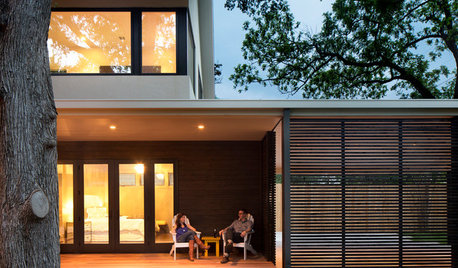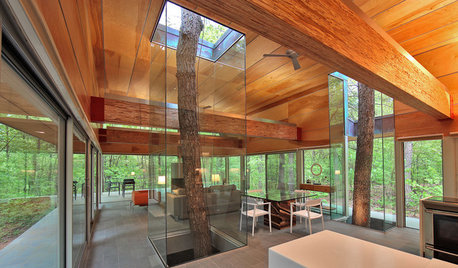Mulching around fruit trees
sfg_newbie
16 years ago
Featured Answer
Sort by:Oldest
Comments (29)
bob64
16 years agoRelated Professionals
Lake Oswego Landscape Architects & Landscape Designers · Washington Landscape Architects & Landscape Designers · Aurora Landscape Contractors · Alpharetta Landscape Contractors · Chattanooga Landscape Contractors · Crystal Landscape Contractors · East Patchogue Landscape Contractors · Edinburg Landscape Contractors · Gurnee Landscape Contractors · Kahului Landscape Contractors · Norristown Landscape Contractors · Castle Rock Decks, Patios & Outdoor Enclosures · Hayward Decks, Patios & Outdoor Enclosures · Lauderdale Lakes Decks, Patios & Outdoor Enclosures · Lincolnton Decks, Patios & Outdoor Enclosurescowgirl2
16 years agosfg_newbie
16 years agobob64
16 years agom_taggart
16 years agoKimmsr
16 years agocalistoga_al ca 15 usda 9
16 years agorosefolly
16 years agojeannie7
16 years agom_taggart
16 years agoKimmsr
16 years agogardengal48 (PNW Z8/9)
16 years agosquonnk
16 years agogardengal48 (PNW Z8/9)
16 years agosquonnk
16 years agojeannie7
16 years agowhip1 Zone 5 NE Ohio
16 years agosoftmentor
16 years agom_taggart
16 years agolou_spicewood_tx
16 years agordak
16 years agoLloyd
16 years agoidaho_gardener
16 years agoKimmsr
16 years agoLloyd
16 years agosoftmentor
16 years agoKimmsr
16 years agoLloyd
16 years ago
Related Stories

EDIBLE GARDENSGrow Plum Hybrids for Your Favorite Fruit Flavors
Plums are cozying up with apricots, peaches and even cherries — here’s how to grow these hybrids for the best aspects of each
Full Story
GARDENING GUIDESThe Art of Green Mulch
You can design a natural garden that doesn’t rely on covering your soil with wood and bark mulch
Full Story
EDIBLE GARDENSHow to Grow 10 Favorite Fruit Trees at Home
Plant a mini orchard in fall, winter or early spring to enjoy fresh-off-the-tree fruit the following year
Full Story
GARDENING GUIDESGreat Design Plant: Grow Blueberries for Their Fruit and More
Eastern gardeners should consider growing blueberry plants for their delicious fruits, bee-friendly spring blooms and brilliant fall foliage
Full Story
HOUZZ TOURSHouzz Tour: Up and Out Around a Heritage Tree
A Texas ranch house gets a modern makeover and a two-story addition that wraps around a protected backyard elm
Full Story
DECORATING GUIDES10 Tree-Hugging Interiors That Work Around Nature
Bursting up through the floor, planted in an indoor patio or potted in any room you choose, trees bring an elegance that's organic
Full Story
GARDENING GUIDESNew Ways to Think About All That Mulch in the Garden
Before you go making a mountain out of a mulch hill, learn the facts about what your plants and soil really want
Full Story
GARDENING GUIDESHow to Pick a Mulch — and Why Your Soil Wants It
There's more to topdressing than shredded wood. Learn about mulch types, costs and design considerations here
Full Story
EDIBLE GARDENSHow to Add an Apple Tree to Your Edible Garden
Readily available, beautiful and fragrant, apple trees offer four-season interest along with crisp, juicy fruit
Full Story
GARDENING GUIDESHow to Keep Your Citrus Trees Well Fed and Healthy
Ripe for some citrus fertilizer know-how? This mini guide will help your lemon, orange and grapefruit trees flourish
Full Story







gardenlen